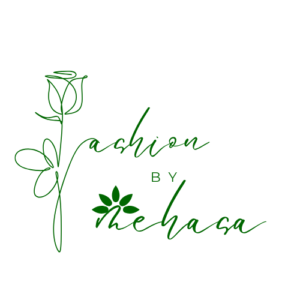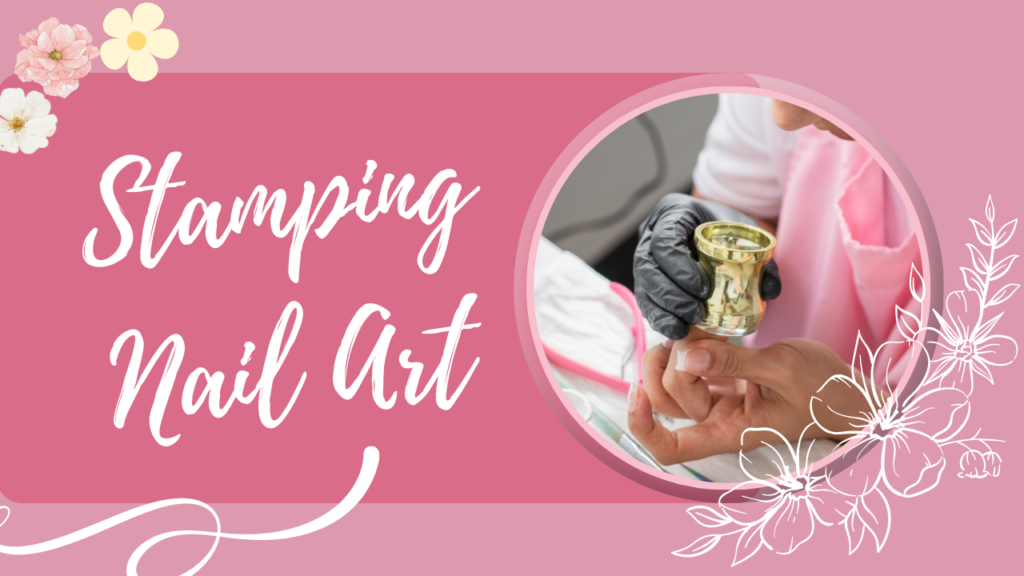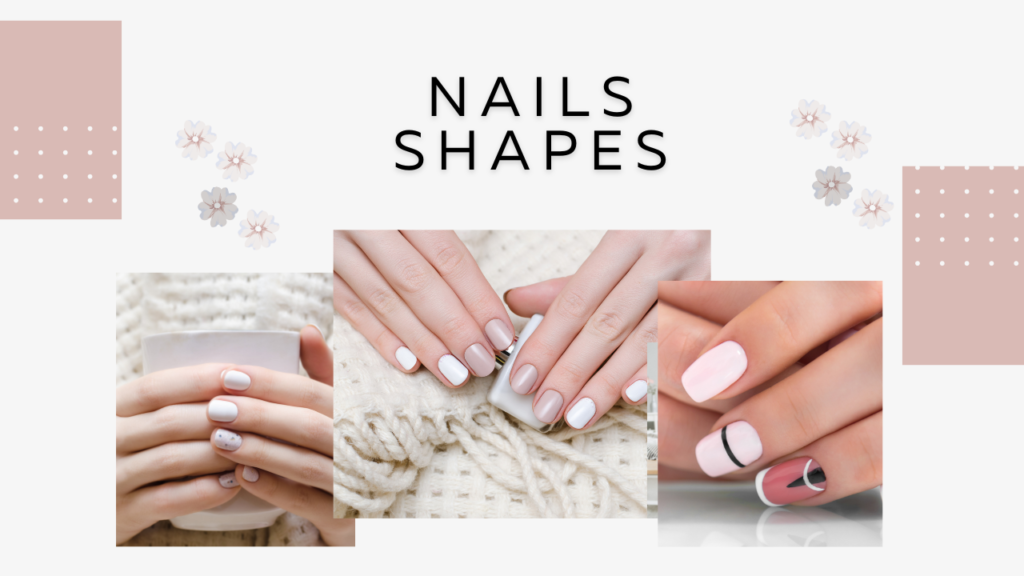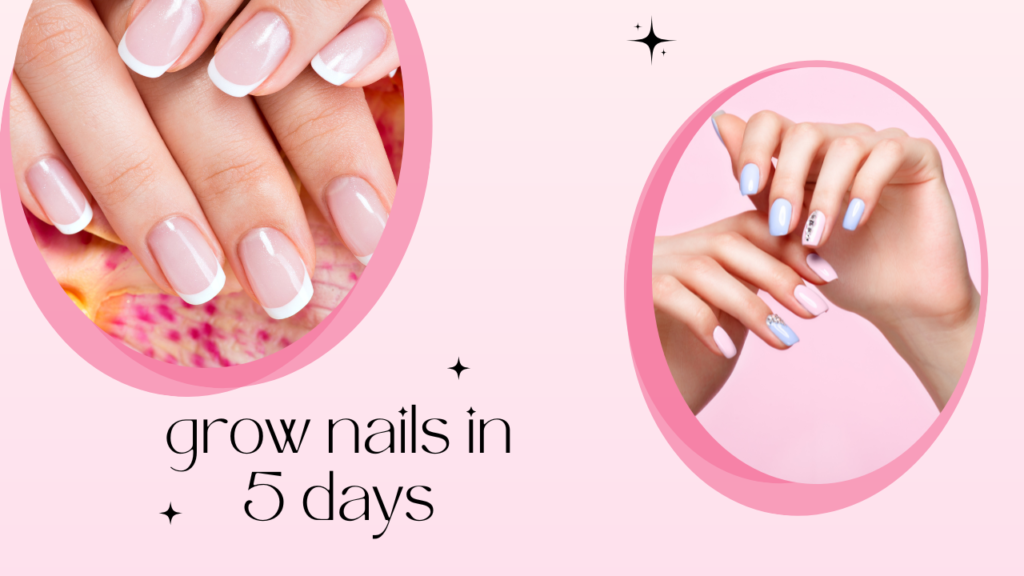Stamping Nail Art: 5 Brilliant Steps for Salon-Perfect Nails
Stamping nail art is a popular and easy-to-learn technique that allows you to create intricate and detailed designs on your nails with precision. It is one of the most time-efficient ways to achieve professional-looking nail art at home, and it’s ideal for both beginners and advanced nail artists. What is Stamping Nail Art? Stamping nail art involves using special plates that have designs etched into them, a scraper to remove excess polish, and a stamper to transfer the design onto the nail. The stamper is a rubber or silicone tool that picks up the design from the stamping plate and then transfers it onto your nails. This technique allows for consistent and detailed patterns without needing a steady hand for freehand painting. Tools Needed for Stamping Nail Art To get started with stamping nail art, you will need the following tools: Stamping Plates: These are metal plates with various patterns and designs etched into them. Some plates feature floral patterns, geometric designs, and more. You can find plates with specific themes like holidays or nature. Stamping Polish: Special nail polishes are used for stamping. They are usually thicker and more opaque than regular polishes, which helps them transfer more clearly onto the nail. You can use different colors for a multi-colored design. Scraper: The scraper is used to remove the excess polish from the stamping plate after you apply it. It is typically made from plastic or metal. Stamper: This is a rubber or silicone tool that picks up the design from the stamping plate and transfers it onto your nails. Stamper heads come in different sizes, and some are clear for better visibility. Top Coat: A clear top coat is used to seal the design and give your nails a shiny finish. It also helps the design last longer. How to Do Stamping Nail Art: A Step-by-Step Guide Prep Your Nails: Start by cleaning and trimming your nails. Apply a base coat to protect your nails and provide a smooth surface for the stamping. Apply the Stamping Polish: Choose a stamping polish and apply a generous amount over the design on the stamping plate. Scrape the Excess Polish: Use the scraper to remove any excess polish from the plate, leaving the design in the etched lines. Make sure you scrape in a straight motion to ensure the design is clean and sharp. Pick Up the Design with the Stamper: Quickly roll the stamper over the design on the plate to pick it up. Be sure to do this swiftly, as the stamping polish can dry fast. Stamp the Design onto Your Nail: Gently press the stamper onto your nail and roll it slightly to transfer the design evenly. You can position the design however you like on the nail. Seal with Top Coat: Once you are happy with the design, apply a top coat to protect the nail art and give it a glossy finish. Make sure to apply it gently to avoid smudging the design. Why Choose Stamping Nail Art? Quick and Easy: Stamping is one of the quickest nail art methods. It’s a great choice for people who want beautiful designs in a short amount of time. Precision and Detail: Stamping allows you to get intricate, professional-level designs without needing a steady hand or advanced painting skills. Versatility: There are a wide variety of stamping plates with numerous patterns, so you can create endless designs—from simple patterns to complex motifs. Cost-Effective: Stamping plates are relatively affordable and can be used repeatedly, making it a cost-effective option for creating salon-quality designs at home. Types of Stamping Nail Art Designs Floral Patterns: Floral designs are some of the most popular choices for stamping. You can create soft, delicate flower patterns or bold, colorful blooms. Geometric Shapes: If you love clean, sharp lines, geometric patterns like stripes, chevrons, or triangles work beautifully with stamping. Holiday and Themed Designs: Stamping plates often have designs for specific holidays like Christmas, Halloween, or Valentine’s Day. You can also find plates with seasonal designs like snowflakes or autumn leaves. Minimalist Designs: Simple patterns, dots, or lines can also be created with stamping for a minimalist, chic look. Advantages of Stamping Nail Art Consistency: Stamping allows you to replicate the same design on each nail, ensuring that the art looks consistent and clean. Time-Saving: Compared to freehand painting, stamping takes less time, making it ideal for those who want quick but intricate designs. Ease of Use: Even beginners can master the stamping technique with a little practice, making it a great choice for those new to nail art. Challenges of Stamping Nail Art Stamping Plate and Polish Quality: Not all stamping plates and polishes work equally well. Some plates may not have deep enough etching to transfer the design clearly, and some polishes may not pick up as easily. Transfer Issues: Sometimes, the design may not transfer perfectly, leaving part of the image behind or causing smudging. It may take a few attempts to get it right. Requires Practice: While stamping is easier than freehand art, it still requires practice to perfect your technique, especially in picking up the design correctly and transferring it smoothly onto your nails. Conclusion Stamping nail art is an excellent choice for anyone who wants to create detailed and intricate designs without needing to master freehand painting. With the right tools and a little practice, you can achieve salon-quality nail art in the comfort of your home. Whether you’re looking for bold geometric patterns, delicate floral designs, or seasonal motifs, stamping offers endless possibilities to express your creativity.






